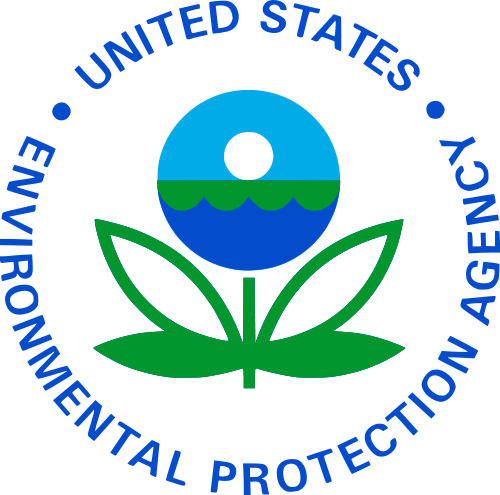
The Environmental Protection Agency’s plan to clean up water pollution near a former fabric mill in Garden City Park will no longer include a separate groundwater treatment system, the agency announced Thursday.
The EPA’s original plan to treat the water flowing from wells under 150 Fulton Ave., which the mill’s dry cleaning fluids contaminated with volatile chemicals, included the groundwater treatment.
But it is no longer needed, the agency said in a statement, because the levels of those chemicals present in the water — such as perchloroethylene, which has been linked to cancer and Parkinson’s disease — have continually declined since the original plan was developed in 2007.
The water will still be treated with an air stripper, which uses pressurized air to push out harmful chemicals, before it flows into two of Garden City’s drinking water wells, an EPA release said.
“Long Island relies on groundwater as its source of drinking water, so it is essential that groundwater resources be protected from toxic contamination,” EPA Regional Administrator Judith A. Enck said in a statement.
The separate groundwater system included in the first plan would have pumped water from around the factory site into an existing basin at the Garden City Bird Sanctuary, treated there and pumped back into the ground.
But installing the system would not have sped up the $4 million cleanup process, EPA officials said. They added that the current water treatment scheme in place at the site is only temporary, as a long-term fix is still being developed.
The EPA’s modified plan for the project also includes increased testing for dangerous chemicals in the area’s wells and for chemical fumes flowing from the site into nearby buildings.
The agency conducted a public hearing about the project on May 12 and took public comments for 30 days before making the changes.
The Fulton Avenue factory dumped its dry cleaning fluids into a well there from 1965 to 1974, when it was owned by a subsidiary of Nashville, Tenn.-based Genesco, Inc.
The chemicals seeped into the ground from the well and contaminated the area’s water.
The area was declared a federal Superfund site in 1998, making handed over control of the $4 million cleanup project to the EPA in 2007.






